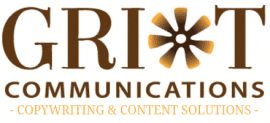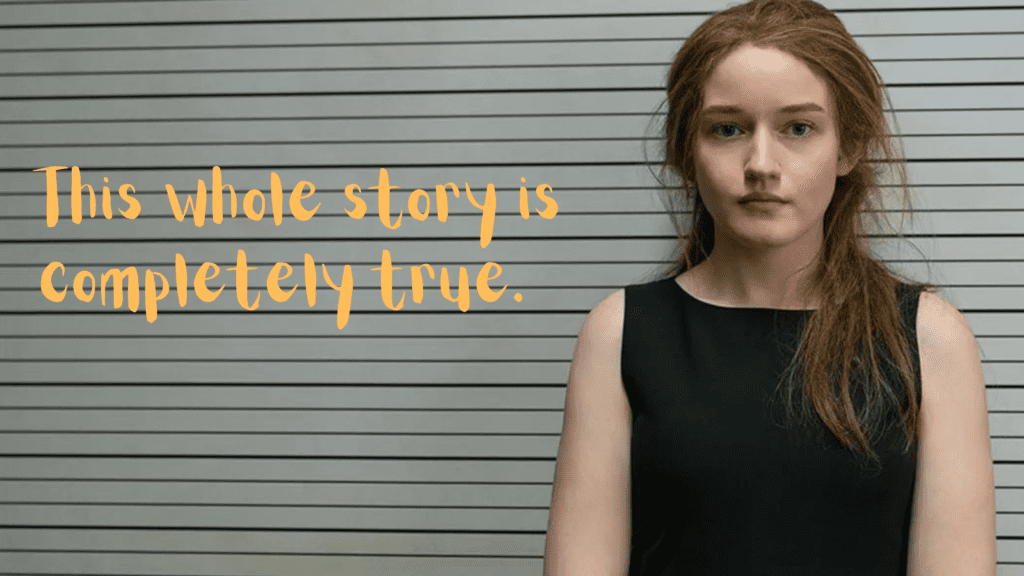A few months ago I watched Inventing Anna, the Netflix true-crime docu-series that illustrates well the dangers of constructing a bloated personal brand fuelled by deception.
It opens with the face of the fake German heiress, Anna Delvey-Sorokin (played by Julia Garner), plastered on the cover of Manhattan Magazine, as it runs through the printing press. Cut to her being fingerprinted and cuffed, while her pseudo-European voiceover offers a verbal middle finger to the viewer.
My first reaction was to be offended by the con artist, who swindled $275,000 out of her rich victims. But I couldn’t look away. There was something riveting about the narcissistic scammer that hooked me.
Part of the appeal was the cleverly-told story by Shonda Rhimes, which blurs the lines between fact and fiction in a way that, ironically, ends up perpetuating another view of Sorokin as a pop-culture villain.
Anna’s journey from trucker’s daughter to German heiress to convicted fraudster shows the ease with which you can inflate your brand by weaving a sticky, if inconsistent, story.
But, while most of us, as socially conscious entrepreneurs, may have neither the desire nor the sheer cojones to pull off spinning an elaborate con, we do long to captivate our audiences in a way that is true to us, and that authentically enrols people to our vision.
Authenticity is what consumers still value most from a brand too. A recent poll of consumers revealed that 81% of them would buy from a brand based on what it stands for. Your personal, emotional brand still matters. And the best way to communicate it is still through honest storytelling.
But authenticity has almost become a byword in a world where we are all influencers with free reign to share our own truth. I recently came across this meme that sends up influencers on LinkedIn and cringed when I remembered some of the ill-considered stories I’ve put out to be ‘visible’ but that hardly served my audience.
How can we make sure we don’t veer off-piste when crafting and sharing our brand stories? What are the guard rails that will help us keep our stories honest?
Most of my clients don’t suffer from the narcissism of Anna Delvey, or the blind ambition of tech entrepreneur Elizabeth Holmes, more recently dramatised in The Dropout. Most of them would hate to sound smarmy, but may feel they need to adopt a ‘fake-it-till-you-make-it’ attitude. Or, they try to preserve a clear distinction between their business and their personal story. So, they adopt a tone of voice that’s not their own and their brand sounds confused.
But staying focused on the needs, aspirations and fears of your ideal clients over your own needs, desires and preferences will help you avoid the traps, especially when starting out, or creating a new product or service.
Authentic Integrity Model
Here’s a tool that I’ve recently developed from working with my clients as a starting point to ground them in their storytelling practice.
What I stand for: The secret drivers of your brand story are your vision and core values and how you live them out in your personal and business life. Anna Delvey/Sorokin had a vision of an arts foundation (named after her). Her victims bought her vision. They bought her – until her story began to unravel because it lacked the integrity, or inner strength, to stand up under scrutiny.
What I offer: Ask yourself how the story you’re telling bridges clearly to an element of what you are offering. Get clear on the top-level and deeper needs of your clients and do the work of mapping how what you offer addresses these concerns. Then you can demonstrate how your own personal stories, or those of your clients or industry leaders, might speak to them.
What I promise: Does the experience of your brand match up with what you’re promising in every touchpoint of your business? Review your services with your clients to gather their experiences of your brand. Gather testimonials and feedback. Share the lessons learned, as well as the achievements.
Practise in plain sight
Here’s the rub, though, In our quest for authentic storytelling: we all have to start somewhere. We all have to do the work. We can’t cut corners.
We’re all wired for story. That’s why telling engaging stories can compel our audiences to think differently and to take action. They are the superpower behind your personal business brand.
But, as any African griot or Irish bard would tell you, storytelling is a skill. It takes practice, technique, and refining what works, and what doesn’t. And, unfortunately, we have to practise in plain sight. We won’t always get it right, but as we become more intentional about how we’re telling the ongoing story of our business, our audience will grow and move from acquaintances to clients to ambassadors.
Do you need help to lay the right foundations to confidently connect with your audiences using your authentic brand story? Get in touch for a free 20-minute Clarity call


Looking forward to working with you Joanne! thanks for this blog piece… and valuing stories! Stories matter!
and i am now going to invest time in watching Inventing Anna! i didnt know it was a Shonda Rhimes series! Bless Up